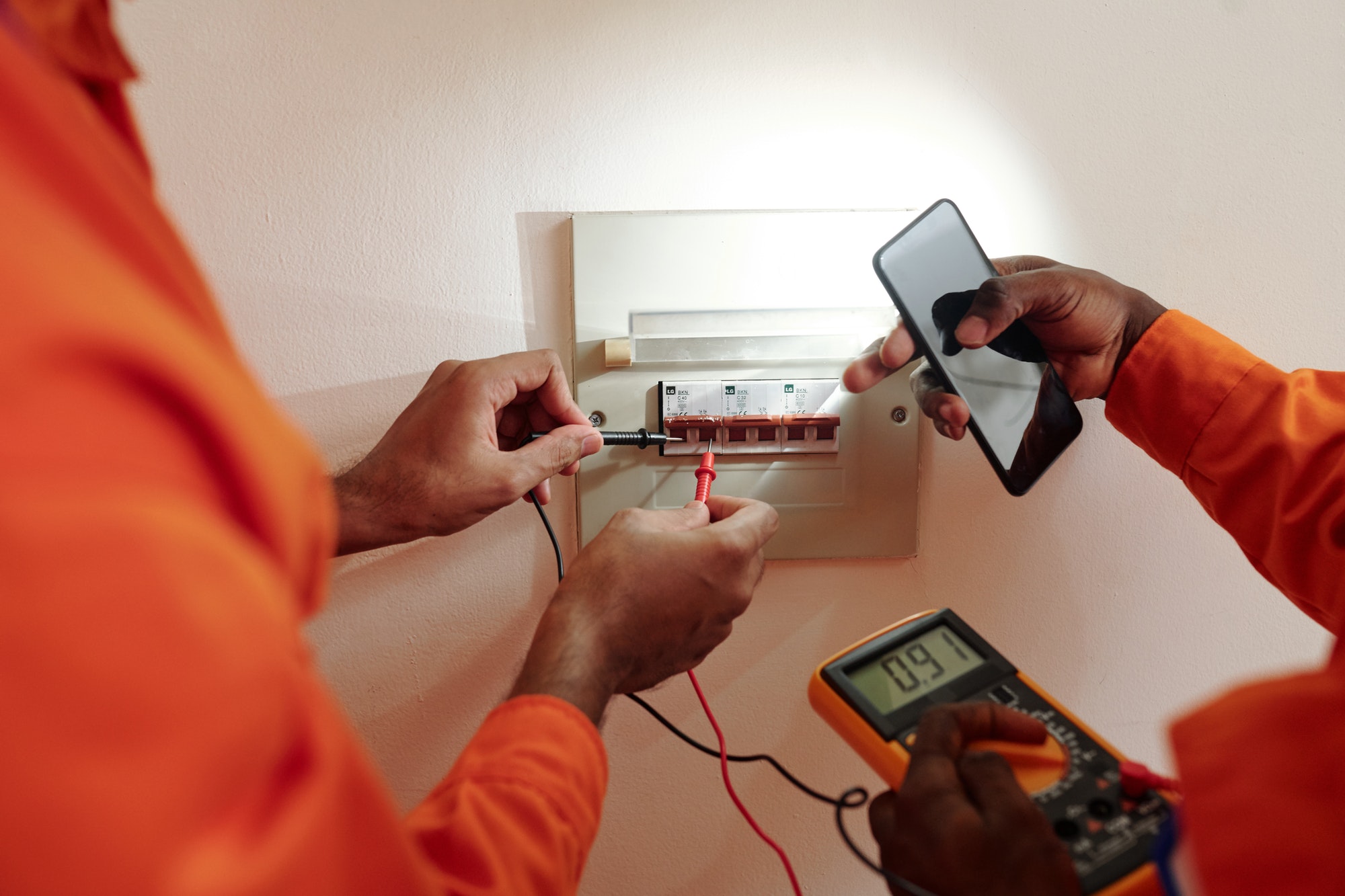False alarms from your security system can be a frustrating and disruptive experience. They can lead to unnecessary stress, desensitize you to real threats, and even result in fines from local authorities. Managing and minimizing false alarms is crucial for maintaining the effectiveness of your security system. Here are some practical tips for dealing with false alarms and ensuring your system operates smoothly.
1. Understand the Common Causes of False Alarms
Identifying the root causes of false alarms can help you address and prevent them. Common causes include:
- User Error: Entering incorrect codes, failing to secure doors and windows properly, or not understanding how the system operates.
- Environmental Factors: Pets, moving objects, or drafts causing sensors to activate.
- Faulty Equipment: Malfunctioning sensors, outdated components, or low battery power.
- Improper Installation: Sensors placed incorrectly or not calibrated properly during installation.
2. Educate All Users
Ensure that everyone who uses the alarm system, including family members, employees, or housekeepers, understands how to operate it correctly.
- Training: Provide training sessions on how to arm and disarm the system, enter codes correctly, and handle potential issues.
- User Manual: Make sure a user manual is readily available for reference.
3. Regular System Maintenance
Routine maintenance is essential for keeping your alarm system in optimal condition and reducing the likelihood of false alarms.
- Scheduled Inspections: Have your alarm system professionally inspected and serviced at least once a year.
- Battery Replacement: Regularly check and replace batteries in wireless sensors and control panels to ensure they are functioning correctly.
- Clean Sensors: Keep sensors free of dust and debris that could interfere with their operation.
4. Proper Sensor Placement
Ensure sensors are placed and calibrated correctly to minimize false triggers.
- Avoid High Traffic Areas: Install motion sensors in areas less likely to experience frequent movement, such as hallways rather than living rooms or kitchens.
- Pet-Friendly Sensors: Use pet-immune motion sensors if you have pets that move around the house.
- Secure Windows and Doors: Make sure door and window sensors are installed securely and aligned properly.
5. Utilize Advanced Features
Modern alarm systems come with features that can help reduce false alarms.
- Dual-Technology Sensors: These sensors require two different types of motion detection to trigger an alarm, reducing the likelihood of false activations.
- Entry/Exit Delays: Set appropriate entry and exit delay times to give users enough time to arm or disarm the system without triggering an alarm.
- Remote Monitoring: Use remote monitoring features to check on your property and verify alarm triggers before taking action.
6. Implement Alarm Verification
Alarm verification procedures can help confirm whether an alarm is genuine before emergency services are dispatched.
- Two-Call Verification: Your monitoring service can call two different contacts to verify an alarm before contacting authorities.
- Video Verification: Integrate video surveillance with your alarm system to visually confirm an alarm trigger.
7. Review and Update User Codes Regularly
Regularly review and update access codes for your alarm system.
- Unique Codes: Assign unique codes to different users to track who arms and disarms the system.
- Change Codes Periodically: Change codes periodically and immediately after someone with access leaves your household or business.
8. Establish a Clear Protocol for False Alarms
Have a clear protocol in place for managing false alarms to ensure quick and efficient resolution.
- Immediate Response: Establish a procedure for quickly silencing the alarm and contacting the monitoring service to cancel the alert.
- Record Keeping: Keep a log of false alarms to identify patterns and address recurring issues.
- Feedback Loop: Encourage feedback from users on what might have caused the false alarm and how to prevent it in the future.
Conclusion
Managing false alarms is essential for maintaining the reliability and effectiveness of your alarm system. By understanding common causes, educating users, performing regular maintenance, properly placing sensors, utilizing advanced features, implementing alarm verification, regularly updating user codes, and establishing clear protocols, you can significantly reduce the occurrence of false alarms. Taking these steps will help ensure that your alarm system provides the security and peace of mind you need, while minimizing unnecessary disruptions and potential fines.






